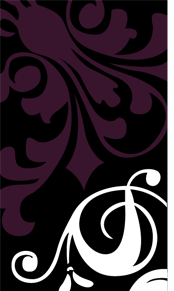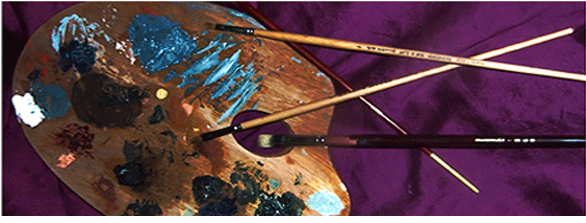|
Manet, Edouard Biography
(1832-1883)
His well-to-do bourgeois father reluctantly allowed him to study under
Couture 1850- 56. Manet then reacted very strongly against the academic history
painting of his teacher and began his career as an artistic rebel with the
Absinthe Drinker a scene from the seamier side of life. His brilliant technique,
founded on the opposition of light and shadow with as little half-tone as
possible, on painting directly from the model with intense immediacy, and on a
restricted palette in which black was extremely important, helped him to create
a new style; yet one founded on Velazquez, Goya and Hals, all of whom could be
studied in Paris. Manet’s early works include many Spanish subjects inspired by
troupes of dancers visiting Paris and he did not actually visit Spain until
1865. These Spanish pieces include numerous bull-fighting scenes, Lala de
Valence and the Guitaris, his only successful Salon exhibit before Le bon Bock.
Manet had previously traveled in Italy, Holland, Flanders and Germany.
Manet’s work was frequently rejected by the Salon jury (he played an
important part in the 1863 Salon des Refuses) and, if hung, was ill-received by
critics, his friend Zola being almost alone in defending him. The Dejeuner sur
l'herbe and Olympia were particularly ill-received but both were objected to
more on moral grounds than aesthetic ones - the Dejeuner represents two
fully-clothed men and two naked women having a picnic in a park (but the
composition is based on a Giorgione), and the Olympia, ostensibly an odalisque
in the Ingres manner was generally thought to be a portrait of a prostitute
attended by her black maid. After 1870, due partly to the influence of Berthe
Morisot, he adopted the Impressionist technique and palette, aban­doning the
use of black and his genius for analysis and synthesis for a lighter, sweeter,
color and a freer handling. Manet also tended more to sentimental subjects, such
as Washing Day and his last masterpiece, the Bar at the Folies-Bergere . He
always longed for official recognition and refused to take part in the
Impressionist exhibitions organized by Degas. Although Manet was friendly with
Monet, Renoir, Sisley and Pissarro he bitterly resented being coupled with them
in newspaper criticisms as the leader of 'Manet's gang'. At the end of his life
he was given the Legion of Honour and the vilification of his works abated,
chiefly because Impressionist handling and color were beginning to affect
academic painting. The tragedy of his life was that Manet was the perfect
academic painter, unrecognized and rejected by the body whose dying traditions
he alone could have revivified.
Manet’s famous oil paintings include:
- Olympia
- The Fifer
- River at Argenteuil
- Peonies
- The Ballet Espagnol
- Luncheon on the Grass
- Alabama and Kearsarge
- Nana
|




